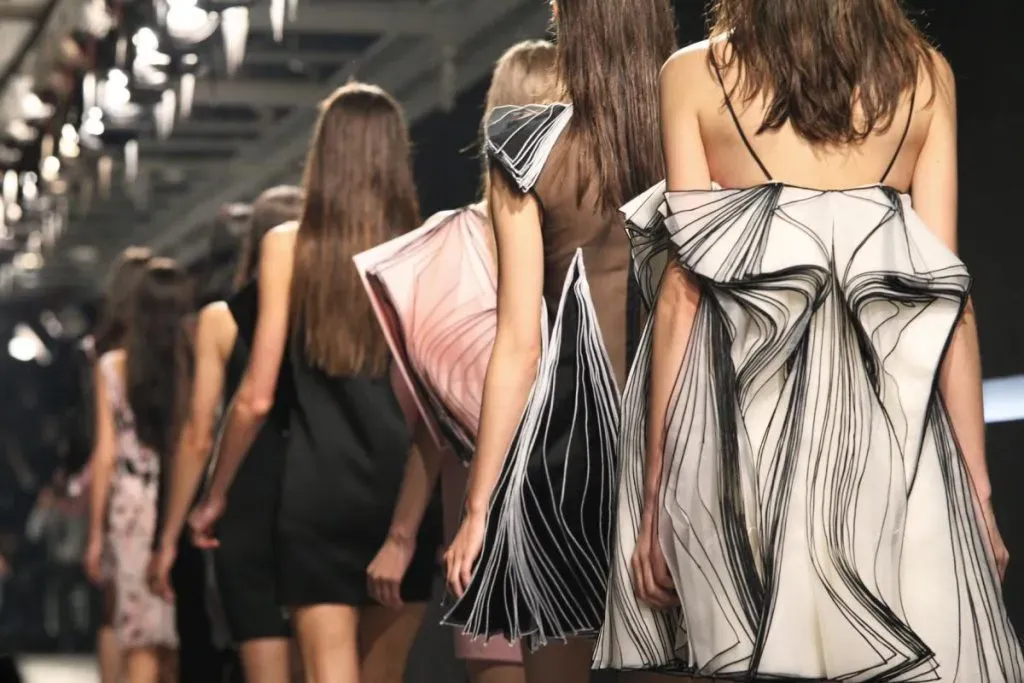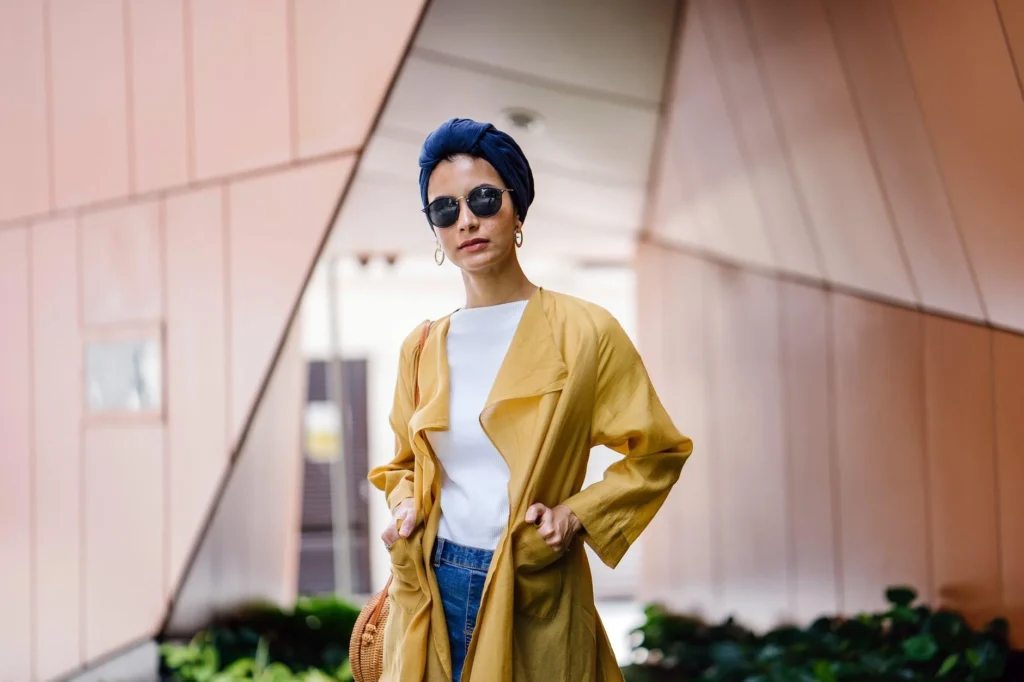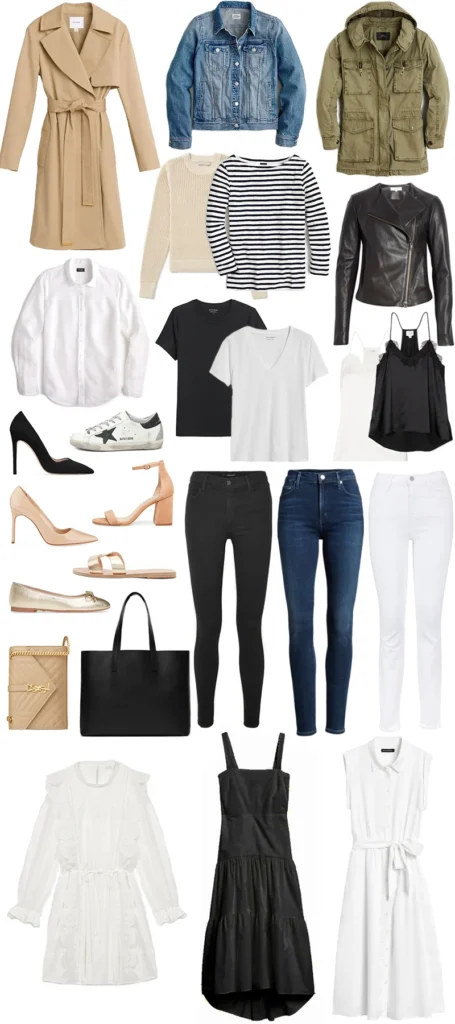The fashion industry is navigating unprecedented challenges in light of recent trade tensions, particularly following the introduction of Trump tariffs. As brands reevaluate their supply chains and pricing strategies, the implications of the luxury sector’s dependence on overseas manufacturing become starkly evident. High-profile names like Ralph Lauren continue to showcase their collections amid this turmoil, reflecting both resilience and adaptability. Events like fashion week serve as vital platforms, not only for trendsetting but also for addressing the barriers posed by these tariffs. Ultimately, the interplay of trade war effects on the fashion industry and consumer confidence will shape the landscape of luxury fashion for years to come.
The realm of style and couture faces significant upheaval as global economic policies ripple through the textile trade. With prominent figures like Ralph Lauren at the helm, the luxury market is being forced to confront the realities of rising tariffs and their cascading effects on production and pricing. As the showcase events where fashion dreams come to life unfold, industry leaders are examining how to thrive amidst uncertainty. The surge of interest in heritage and craftsmanship becomes a timely narrative that brands can leverage in this climate. Ultimately, the future of this dynamic sector hinges on its ability to adapt to geopolitical shifts and maintain consumer engagement.
The Impact of Trump Tariffs on the Fashion Industry
The Trump tariffs, referred to by some as the ‘tariffpocalypse,’ have sent shockwaves through the fashion industry, particularly affecting brands that heavily rely on overseas production, such as Ralph Lauren. The imposition of tariffs on finished products from China and Vietnam has led to alarm among investors and consumers alike, as these costs are likely to be passed down the line. With tariffs on Chinese goods reaching as high as 245%, and Vietnam facing significant blanket tariffs, brands must reassess their supply chains and pricing strategies amid potential price hikes that could deter consumers.
For many fashion companies, the immediate impact of these tariffs is visible in their financial performance, highlighting the need for adaptability in a rapidly changing market. Brands are now forced to pivot and explore new sourcing options, possibly looking to lesser-known manufacturing countries to avoid hefty tariffs. This disruption challenges the status quo of the luxury fashion landscape and forces brands to not only reconsider their production methods but also re-engage their target audience during this chaotic period.
Ralph Lauren: A Beacon of Stability Amidst Turmoil
Amid the havoc wreaked by Trump’s trade policies, Ralph Lauren continues to showcase resilience and a strong brand presence. The recent launch of his autumn/winter collection at an iconic New York venue underlines a commitment not only to his heritage but also to the aspirational lifestyle that his brand represents. Attended by celebrities and influencers, Lauren’s show served as a reminder of the glamour and allure of luxury fashion, even in challenging times.
Lauren’s ability to navigate the tumultuous waters of the fashion industry amidst the trade war sets him apart as a leading figure. His focus on heritage and craftsmanship resonates particularly well during uncertain times when consumers seek familiarity and authenticity. By maintaining a strong narrative around his brand’s history and values, Lauren not only reinforces consumer loyalty but also positions himself as a reliable force in a fluctuating market.
Navigating Consumer Sentiment in Today’s Market
Consumer sentiment plays a crucial role in the health of the fashion industry, and recent uncertainties have put this to the test. As tariffs begin to impact prices and availability, brands face the daunting task of convincing consumers to continue investing in luxury goods. Companies like Ralph Lauren are faced with the challenge of fostering emotional connections with their audience while navigating fluctuations in trade and consumer confidence brought on by tariffs and the broader trade war.
Luxury fashion, often seen as a discretionary expense, may face backlash from consumers who are tightening their budgets. This presents an opportunity for brands to emphasize their unique attributes—such as quality, craftsmanship, and exclusivity—while also finding innovative ways to maintain engagement through targeted marketing campaigns during Fashion Week and beyond. The brands that can effectively communicate their value during uncertain times are likely to fare better as they adapt to changing consumer priorities.
Distribution Dilemmas: Supply Chain Strategies
The ongoing trade war has highlighted the vulnerabilities in the fashion industry’s supply chain, particularly for brands accustomed to relying on Asian manufacturing hubs. With the imposition of steep tariffs, companies are now reevaluating their sourcing strategies and possibly seeking alternatives to avoid costly duties. The disruption of established supply chains forces fashion brands to innovate, potentially reshaping the landscape of global fashion production.
To mitigate risks and ensure product availability, brands might look to diversify their supply chains, which may even involve bringing some production back to domestic markets. This shift could not only help brands evade the brunt of tariffs but also improve responsiveness to market changes. As companies adapt, those who successfully merge an enduring commitment to quality with innovative production methods will likely emerge as leaders in the evolving fashion industry.
Luxury Fashion’s Response to Economic Pressures
As the luxury fashion sector grapples with economic pressures from tariffs and changing consumer behavior, brands are exploring new avenues for maintaining relevance and profitability. Ralph Lauren’s recent collection release is a testimony to the brand’s strategy of highlighting luxury and desirability amid economic uncertainty. Luxury brands that excel in creating aspirational narratives while delivering high-quality products are positioning themselves to withstand economic challenges.
Efforts to amend brand positioning during challenging economic climates, such as emphasizing craftsmanship and exclusivity, become increasingly significant. As companies begin to absorb some of the costs associated with tariffs, the notion of luxury evolves into one where consumers are willing to invest in brands they trust and admire. This shift in focus towards brand story and heritage may help luxury fashion weather the storm, even when faced with increasing prices.
Investor Perspectives on Fashion During the Trade War
Investors observing the fashion industry amidst the ongoing trade war are likely feeling a mix of anxiety and curiosity. With stocks of key players like Ralph Lauren and LVMH reacting to tariff announcements and consumer sentiment fluctuations, the imperative for investors is to assess how brands are navigating these challenges. The recent volatility in the market has highlighted the importance of strategic branding and effective communication in driving company performance.
Fashion stocks can serve as a barometer for broader economic conditions, particularly as brands adjust their strategies in response to rising production costs and shifting consumer behaviors. The narrative surrounding brand authenticity, resilience, and consumer loyalty will be critical in shaping investor confidence moving forward. Companies with a clear vision for adapting to economic changes might attract the support they need to thrive during turbulent times.
Future Projections for the Fashion Industry Amidst Tariffs
Looking ahead, the fashion industry’s landscape is poised for significant transformation as it continues to grapple with the repercussions of Trump’s tariffs. Predictions indicate that brands like Ralph Lauren may need to adapt their business strategies not just to survive, but to thrive in an increasingly competitive environment. Staying ahead of market trends and being proactive in managing public perception will be crucial for maintaining consumer loyalty.
The future of luxury fashion relies heavily on its ability to innovate while retaining core values of quality and craftsmanship. As consumer preferences evolve and economic pressures mount, brands that can pivot gracefully and introduce fresh narratives around their offerings may find new avenues for growth. The ability to navigate through these challenges will ultimately determine which companies emerge stronger in a post-tariff world.
Cultural Influences in Fashion Amidst Trade Uncertainty
The cultural implications of the current trade war extend beyond economics, delving into how brands engage with social narratives and consumer values. Ralph Lauren’s unique positioning within the luxury fashion sphere allows him to tap into cultural sentiments regarding American identity and style, which can resonate deeply during times of uncertainty. This cultural cachet is crucial as consumers seek authenticity and relatable stories from the brands they support.
Moreover, as cultural trends shift in response to broader economic shifts, there lies an opportunity for fashion brands to engage in meaningful dialogues with consumers. By aligning with consumer expectations and demonstrating empathy towards cultural movements, brands can establish a deeper emotional connection. This connection not only fosters brand loyalty but also enhances their reputation as responsive and responsible players in the luxury fashion industry.
The Role of Fashion Week in Shaping Industry Trends
Fashion Week has always served as a pivotal platform for presenting new designs and trends, but its role intensifies during periods of economic uncertainty brought on by tariffs and trade wars. For brands such as Ralph Lauren, showing collections outside of traditional timing allows them to control their messaging and effectively showcase their resilience amid market turmoil. This strategic positioning can differentiate them in an increasingly crowded marketplace.
As Fashion Week approaches, brands face heightened pressure to create impactful presentations that resonate with both consumers and investors. Innovative shows that highlight superior craftsmanship, cultural narratives, and emotional connections are becoming essential. Posturing brands as thought leaders during Fashion Week can galvanize interest and support, underscoring the importance of contextual storytelling that transcends beyond mere clothing.
Frequently Asked Questions
How do Trump tariffs impact the fashion industry, particularly for brands like Ralph Lauren?
Trump tariffs have significantly affected the fashion industry, raising costs for brands like Ralph Lauren. With tariffs on finished products imported from major manufacturing hubs like China and Vietnam reaching up to 245% and 46% respectively, companies face increased production costs. This disruption can lead to price hikes for consumers and affects brand profitability, making it crucial for luxury fashion brands to adapt their strategies accordingly.
What are the trade war effects on luxury fashion shows and collections?
The trade war effects have introduced volatility in the luxury fashion sector, impacting how brands plan their collections and shows. Despite economic uncertainty, fashion weeks continue, demonstrating resilience in the industry. Brands like Ralph Lauren have chosen to unveil collections outside traditional fashion week schedules, using events as a platform to maintain consumer interest and showcase craftsmanship amidst external pressures.
Why is Ralph Lauren still thriving in the current fashion climate?
Ralph Lauren thrives in the current fashion climate by leveraging his brand’s heritage and craftsmanship, appealing to emotional connections with consumers. Amid the turmoil caused by tariffs and fluctuating consumer confidence, Ralph Lauren’s strategic positioning and impactful fashion shows help maintain brand desirability, ensuring steady consumer engagement despite external challenges.
What role does fashion marketing play during turbulent times in the fashion industry?
Fashion marketing plays a critical role during turbulent times by helping brands navigate uncertainty and connect with consumers. In light of the trade war effects and rising costs, effective marketing strategies can emphasize values like heritage and quality, allowing brands to maintain consumer loyalty and adapt to market changes. This is especially important for luxury fashion brands that rely on strong emotional ties with their customer base.
How is the luxury fashion industry responding to economic challenges like tariffs?
The luxury fashion industry is responding to economic challenges like tariffs by reassessing supply chains, adjusting pricing strategies, and enhancing marketing efforts. Brands are focusing on strengthening their narratives around craftsmanship and heritage to foster deeper connections with consumers, ensuring they remain competitive in a tough economic climate.
| Key Point | Details |
|---|---|
| Tariff Impact on Fashion | Trump’s tariffs have disrupted supply chains and increased costs, leading to a decline in consumer confidence. |
| Ralph Lauren’s Show | Despite industry turmoil, Ralph Lauren showcased his autumn/winter 2025 collection, drawing celebrity attention. |
| Stock Market Reaction | Luxury brands including Kering and LVMH saw stock drops, influenced by tariff news and disappointing earnings. |
| Supply Chain Challenges | Asian countries face high tariffs, affecting manufacturers, especially China and Vietnam, which are critical to fashion production. |
| Opportunities in Uncertainty | Brands are encouraged to focus on heritage and craftsmanship, potentially capturing more consumer loyalty. |
Summary
The Fashion Industry is currently navigating a crisis due to recent tariff impositions, creating turmoil and uncertainty. However, events like Ralph Lauren’s latest collection showcase not only resilience but also the potential for brands to innovate and adapt during challenging times. As the industry evolves, the focus on heritage, craftsmanship, and emotional connections with consumers may help mitigate the economic impacts, proving that even amidst chaos, the spirit of fashion endures.




